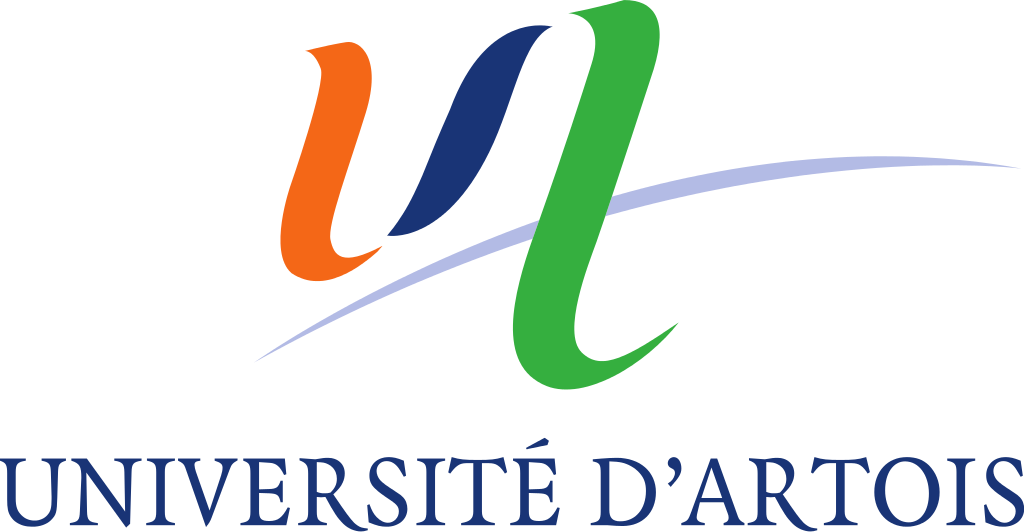Preferential transfer of 2-docosahexaenoyl-1- lysophosphatidylcholine through an in vitro blood-brain barrier over unesterified docosahexaenoic acid
Résumé
The passage of either unesterified docosahexaenoic acid (DHA) or lysophosphatidylcholine-containing DHA (lysoPC-DHA) through an in vitro model of the blood–brain barrier was investigated. The model was constituted by a brain capillary endothelial cell monolayer set over the medium of an astrocyte culture. Cells were incubated for 4 h with a medium devoid of serum, then the endothelial cell medium was replaced by the same medium containing labeled DHA or lysoPC-DHA and incubations were performed for 2 h. DHA uptake by cells and its transfer to the lower medium (astrocyte medium when they were present) were measured. When the lower medium from preincubation and astrocytes were maintained during incubation, the passage of lysoPC-DHA was higher than that of unesterified DHA. The passage of both forms decreased when astrocytes were removed. The preference for lysoPC-DHA was not seen when the lower medium from preincubation was replaced by fresh medium, and was reversed when albumin was added to the lower medium. A preferential lysoPC-DHA passage also occurred after 2 h with brain endothelial cells cultured without astrocytes but not with aortic endothelial cells cultured and incubated under the same conditions. Altogether, these results suggest that the blood–brain barrier cells released components favoring the DHA transfer and exhibit a preference for lysoPC-DHA.
